Japanese Army fighter Nakajima Ki-43 Hayabusa ‘Oscar’ of World War II.
History, development, service, specifications, pictures and 3D model.
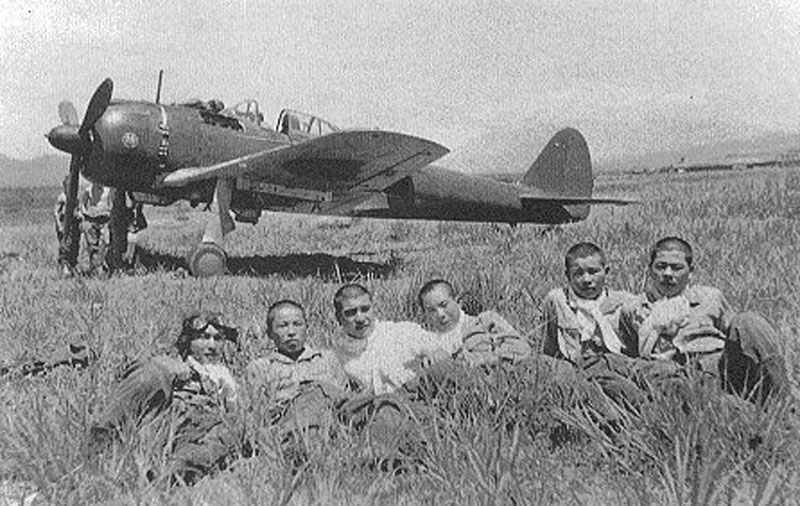
Nakajima Ki-43 Hayabusa (Oscar)
Table of Contents
Nakajima Ki-43 Hayabusa ‘Oscar’.
Type: WWII Japanese fighters and fighter-bombers, plane of many aces.
History
Hayabusa is the Japanese word for ‘peregrine falcon’, a name suited to the fast and highly maneuverable fighter that provided the Allies’ first bitter surprise when war broke out in the Pacific. The Ki-43 was code-named ‘Oscar’ by the Allies.
The Nakajima Ki-43 Oscar succeeded the Ki-27 as the Japanese Army’s leading fighter. The Ki-43 Oscar was also the first modern Japanese fighter to appear in the Pacific theater of operations. A total of 5,919 aircraft were built in several versions.
The Hayabusa or Oscar was in front-line service from the very beginning of the war, ending its career in desperate suicide missions in fruitless attempts to intercept American bombers during heavy bombing raids on the Japanese home islands.
The Japanese Army issued a specification in 1937, this time solely to Nakajima. The fighter envisaged as a Ki-27 replacement was planned to have very advanced features for the period: a maximum speed of 310 mph (500 km/hr); time to 16,250ft (5,000 m) of five minutes; a range of 500 miles (800 km); two 7.7 mm machine guns; and maneuverability at least equal to that of the fine Ki-27.
Nakajima assigned the project to a team headed by Hideo Itokawa, and a year later the first prototype was ready to fly. The first flight took place early in January 1939, and within two months two more prototypes were tested. Tests revealed no special problems, and the aircraft fully met the specification.
Nevertheless, there were some doubts about the type’s capabilities after the first operational tests conducted by the Japanese Army. Pilots complained that the aircraft was hard to handle, and they did not regard the retractable undercarriage as practical or worth the additional weight.
Even so, the army decided to proceed to the production of ten pre-series aircraft for further testing, and these machines were ready by September 1940. Several types of armament and engines were tried out on the pre-production batch. The most useful modification was the adoption of special flaps, known as ‘butterflies’, which could be used in combat to make very sharp turns, much enhancing the type’s maneuverability. With this modification the aircraft was finally accepted and ordered into mass production.
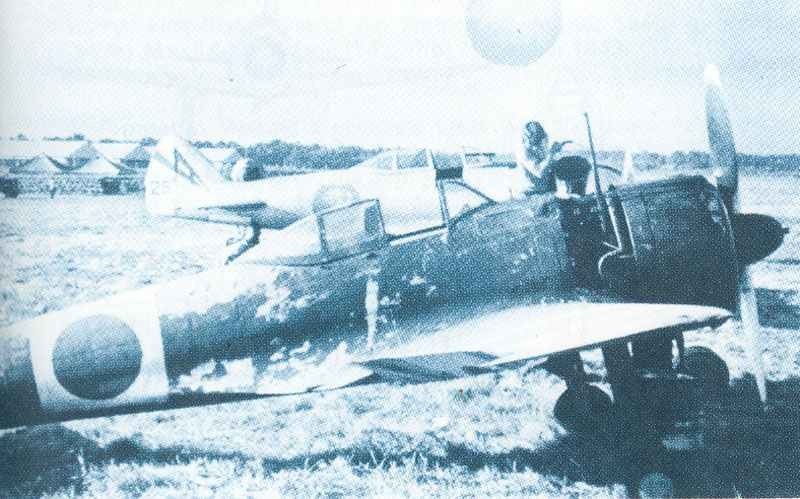
The first versions of the Oscar – the Ki-43-Ia and Ki-43-Ib – differed from each other only in armament, and a total of 716 were built.
A much improved model of the Oscar, the Ki-43-II, followed in 1942 and was produced in larger quantities than any other variant. It differed mainly from the earlier Oscar models in having a more powerful engine driving a three-bladed variable-pitch metal propeller instead of the original two-bladed unit fitted to the Ki-43-I. Structural and aerodynamic improvements were also introduced, and for the first time some protection was added for the pilot (rear armor 13 mm thick), plus rudimentary self-sealing tanks.
Three versions of the Ki-43-II Oscar were produced: the Ki-43-IIa, the IIb and the Ki-43kai, which incorporated all the modifications evolved during earlier production.
The final variation, which was developed in 1944, was the Ki-43-III Oscar, which was produced until the end of the war. Powered by a 1,230 hp Nakajima Ha-115-II radial engine, it was the finest variant of the whole series. It was also the version produced in the smallest quantity, however.
A projected high-altitude interceptor version would have been powered by a 1,250 hp Mitsubishi Ha-112.
The Ki-43 Oscar was built in greater numbers than any other Army combat type, and saw service on every Japanese front. Although the Hayabusa’s superiority over Allied aircraft was short-lived, it was highly successful in Malaya, Java and the skies of Sumatra, where it overwhelmed the Allies’ handful of antiquated aircraft.
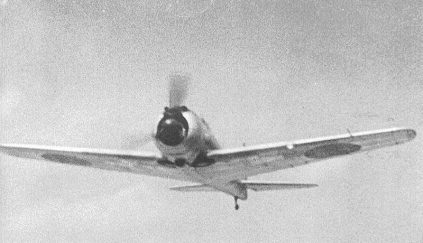
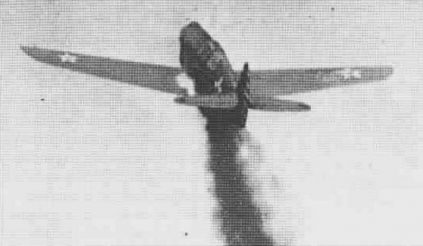
Users: Japan (Imperial Army), Thailand, Manchukuo.
Animated 3D model Nakajima Oscar
Specifications Nakajima Ki-43 I Hayabusa ‘Oscar’
Specifications:
Ki-43 I Oscar | Specification |
|---|---|
Type | fighter plane |
Power plant | one 975 hp Nakajima Ha-25 Sakae 14-cylinder two-row radial engine |
Accommodation | 1 |
Wing span | 37 ft 10.5 in (11.55m) |
Length overall | 28 ft 11.75 in (8.82 m) |
Height overall | 10 ft 8.75 in (3.27 m) |
Weight empty | 4,354 lb (1,975 kg) |
Weight normal loaded | 5,824 lb (2,642 kg) |
Maximum speed | 308 mph (496 km/hr) |
Climb rate (Oscar II) | 3,250 ft/min (990 m/min) |
Service ceiling | 38,500 ft (11,215 m) |
Armament:
Ki-43 I Oscar | Specification |
|---|---|
above engine | 2 x 7.7mm Type 80 machine guns (550 rpm; velocity 2,067 ft/sec) |
external load | 66 lb bombs or two 45-gal drop tanks (from Oscar II on: wing racks for two 551 lb bombs) |
Service statistics:
Ki-43 I Oscar | figures |
|---|---|
First flight | January 1939 (IIa February 1942, IIb June 1942, IIIa December 1944) |
Production delivery | March 1941 |
Final delivery (IIIb) | August 1945 |
Total production figure | total: 5,919 (716 Oscar I) |
References and literature
Luftkrieg (Piekalkiewicz)
Das große Buch der Luftkämpfe (Ian Parsons)
Combat Aircraft of World War II (Bill Gunston)
World Aircraft World War II (Enzo Angelucci, Paolo Matricardi)
The Encyclopedia of Weapons of World War II (Chris Bishop)


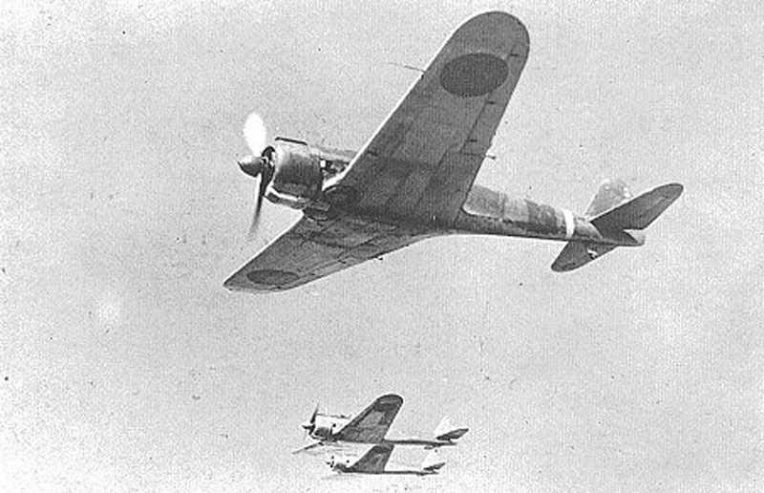
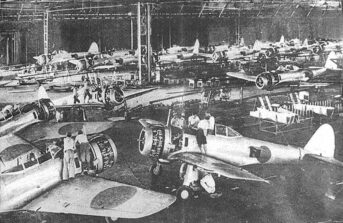
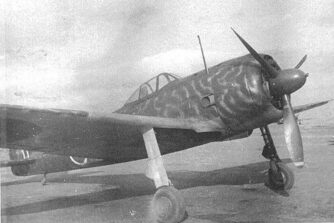
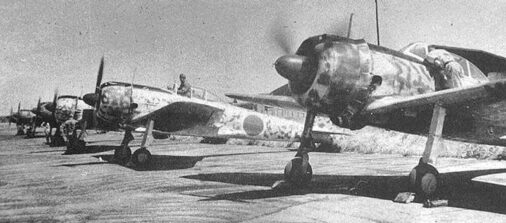
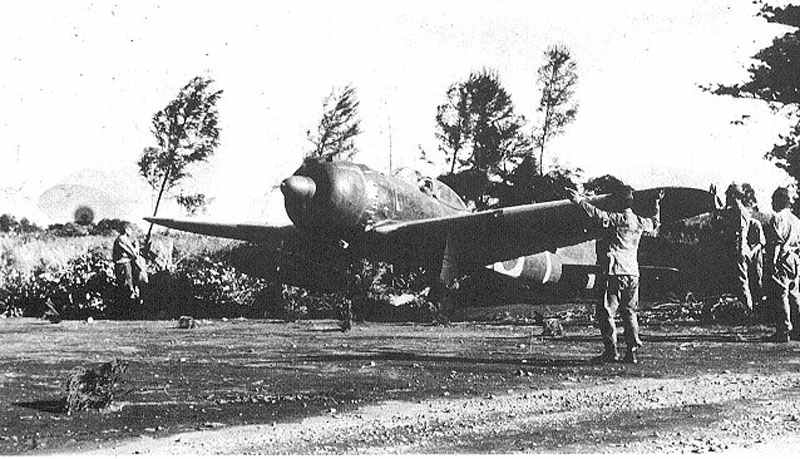


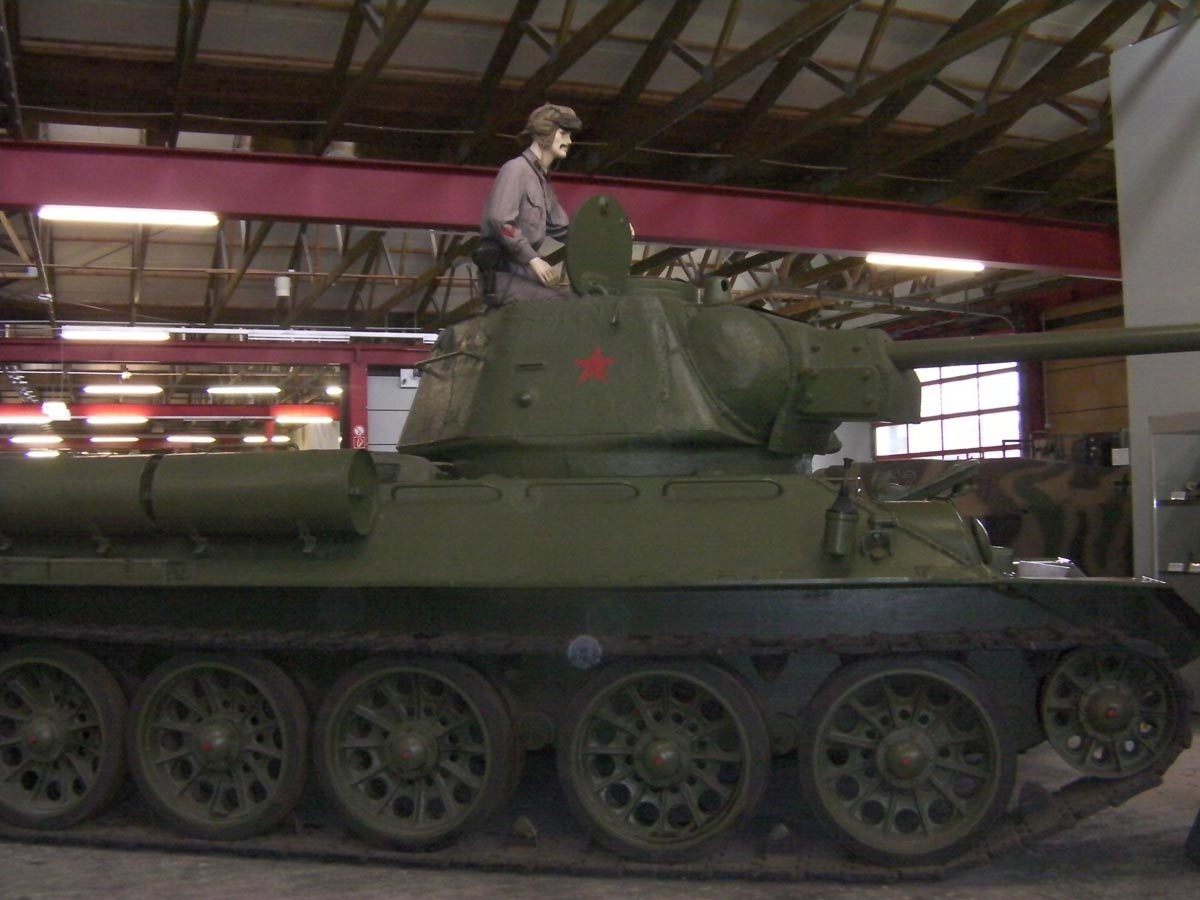
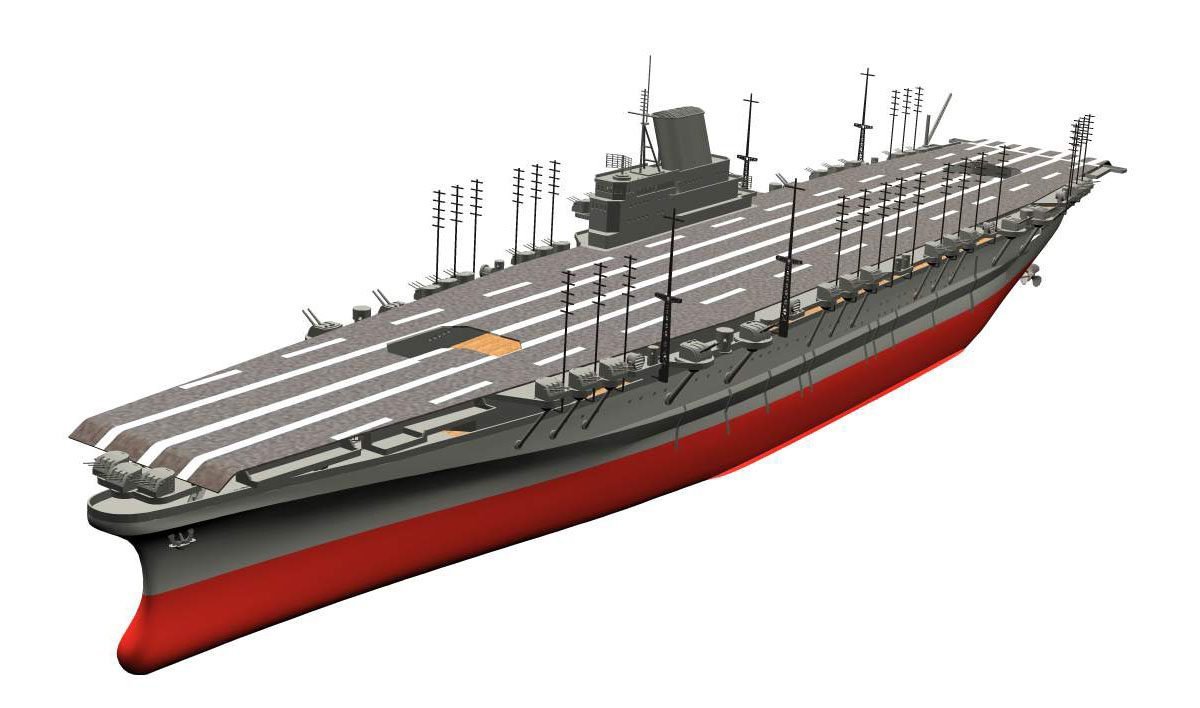
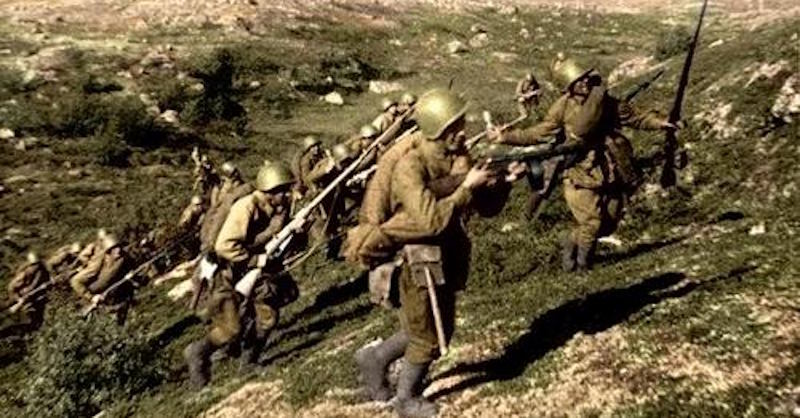
Before you write the Oscar off as slow and toothless, consider that it accounted for more than half of all claims made by all Japanese fighter pilots, Army and Navy.
That isn’t to say claims are always accurate, but that goes for Zero pilots …etc.
Since there were about twice as many Zeros as Oscars, that means the Oscar was worth it’s salt for awhile.
True , max speed limit was slow, but acceleration was tops. Not many fighters could turn a full circle in 11 seconds either. The Ki 43-II could roll better than the Zero and at higher speed. Only 2 MGs but the aces were good shots and still preferred this fighter
long after it was obsolete. It was reliable when so many Japanese fighters were not.
Having said all that, it did take heavy losses after the early stages of WW2.
In my opinion, the production of this and the Zero should have been cut back more when the new US fighters came out in strength. Newer Japanese fighters needed to be fielded in larger numbers than they were, both Army and Navy. The Oscar took 25,000 man-hours to produce per plane.